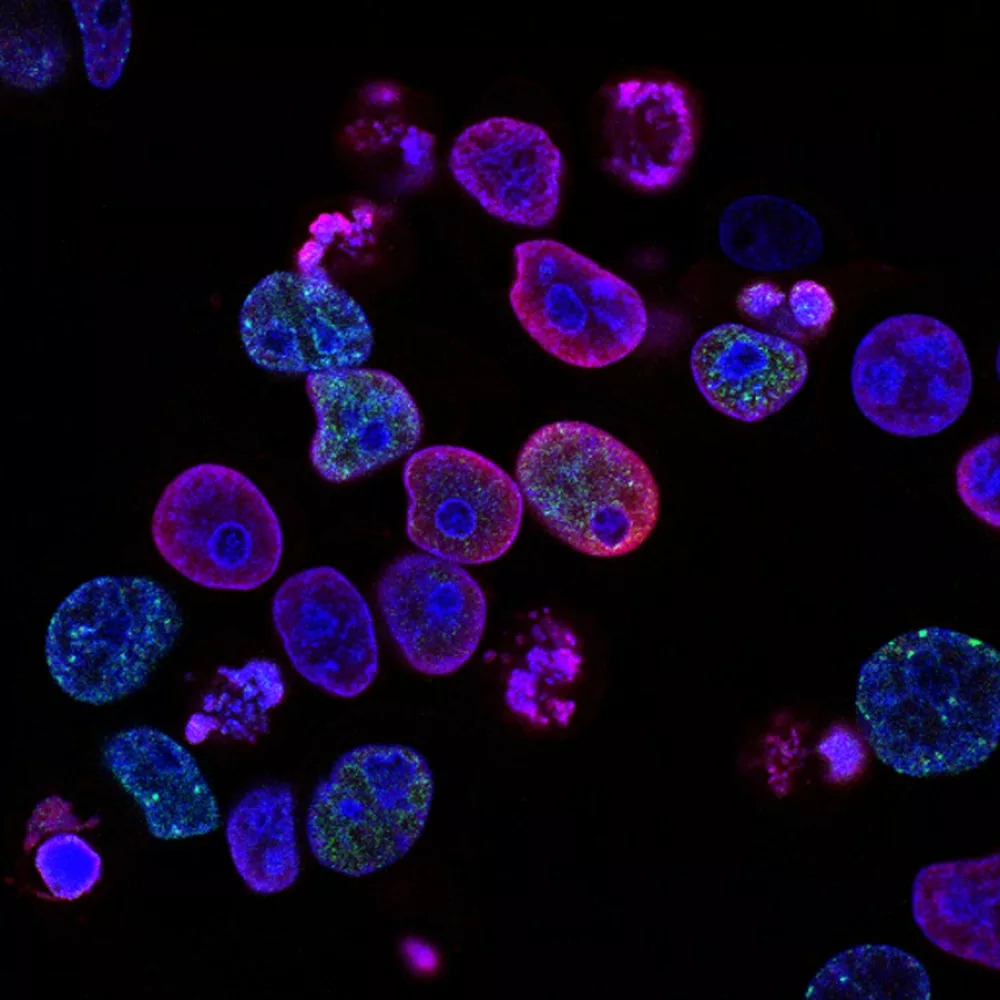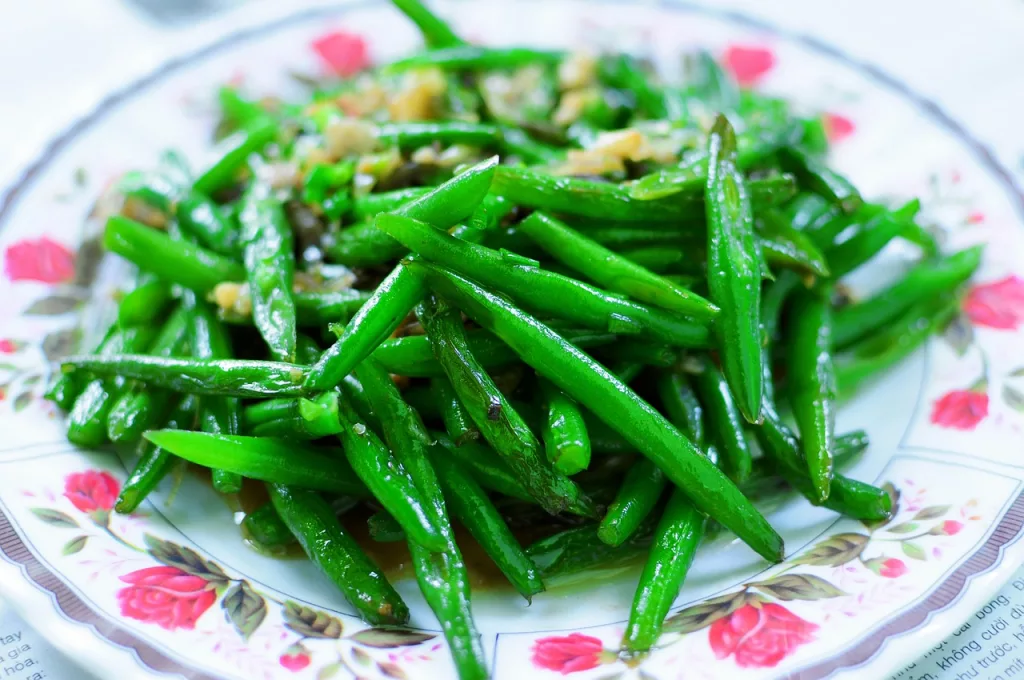When it comes to maintaining a healthy diet, green beans often fly under the radar, overshadowed by more popular vegetables. However, these humble legumes pack a surprising nutritional punch. Bursting with vitamins, minerals, and fiber, green beans offer numerous health benefits that contribute to overall well-being.
In this blog post, we will explore the benefits of green beans that in many ways positively affect your body and why you should consider adding them to your daily menu.
Table of Contents
Origin of Green Beans

The origin of green beans can be traced back thousands of years to the regions of Central and South America. It is believed that the ancient inhabitants of these areas, including the Mayans and the Aztecs, were among the first to cultivate and consume green beans as a staple food.
Green beans, also known as string beans or snap beans, belong to the legume family and are scientifically classified as Phaseolus vulgaris. They were originally wild plants with small, tough pods and a more fibrous texture. Over time, through selective breeding and cultivation, humans transformed these wild beans into the familiar, tender, and delicious green beans we enjoy today.
Whether steamed, sautéed, stir-fried, or used in a variety of recipes, green beans remain a beloved vegetable, appreciated for their crisp texture, vibrant color, and nutritious qualities. From their humble beginnings in the ancient civilizations of the Americas to their global presence today, green beans continue to be enjoyed for their delicious taste and contribution to a healthy diet.
Health Benefits of Green Beans
1. Rich in Nutrients
Green beans are a nutrient-dense food, meaning they provide a significant amount of vitamins and minerals while being relatively low in calories. They are an excellent source of vitamin K, which is vital for blood clotting and bone health. Additionally, green beans contain vitamin C, a potent antioxidant that supports the immune system and aids in collagen production. Other essential vitamins found in green beans include vitamin A, vitamin B6, and folate.
2. Fiber for Digestive Health
A diet rich in fiber is essential for maintaining a healthy digestive system, and green beans are an excellent source of dietary fiber. The fiber content in green beans helps regulate bowel movements, prevents constipation, and supports a healthy gut microbiome. By promoting regularity, green beans contribute to improved digestion and may reduce the risk of certain digestive disorders.

3. Antioxidant Powerhouse
Green beans are packed with antioxidants, which play a crucial role in protecting our cells from damage caused by harmful free radicals. These antioxidants, such as flavonoids and carotenoids, help reduce inflammation and oxidative stress in the body. By combating free radicals, green beans may help lower the risk of chronic diseases, including heart disease, certain cancers, and age-related macular degeneration.
4. Blood Sugar Regulation
Maintaining stable blood sugar levels is essential for overall health, particularly for individuals with diabetes or those at risk of developing the condition. Green beans have a low glycemic index, meaning they cause a slower and steadier rise in blood sugar compared to high-glycemic foods. Including green beans in your meals can help regulate blood sugar levels and prevent sudden spikes, making them an excellent choice for individuals seeking blood sugar control.
5. Heart Health Support
The heart is a vital organ, and maintaining its health is crucial. Green beans contribute to heart health in multiple ways. Firstly, their high fiber content helps regulate cholesterol levels, reducing the risk of heart disease. Secondly, the antioxidants present in green beans help protect against oxidative stress, a contributing factor to cardiovascular issues. Lastly, green beans are low in sodium and contain potassium, a mineral that supports healthy blood pressure levels.
Ways to Cook Green Beans
Green beans are incredibly versatile and can be cooked in various ways to suit different tastes and preferences.
Here are six popular methods for cooking green beans:

Steaming
Steaming green beans is a simple and healthy cooking method that helps retain their vibrant color and crisp texture. Place the green beans in a steamer basket over boiling water and steam for about 5-7 minutes until tender but still slightly crunchy. Season with salt, pepper, and a drizzle of olive oil or a squeeze of lemon juice for added flavor.
Sautéing
Sautéing green beans in a skillet with some oil or butter brings out their natural flavors while adding a touch of caramelization. Heat a skillet over medium-high heat, add a little oil or butter, and then add the green beans. Sauté for 5-7 minutes, tossing occasionally, until they are tender-crisp. You can also enhance the flavor by adding garlic, onions, or your favorite herbs and spices.
Roasting
Roasting green beans in the oven is a fantastic way to achieve a slightly charred and deliciously caramelized flavor. Preheat your oven to 425°F (220°C). Toss the green beans with olive oil, salt, and pepper, and spread them on a baking sheet in a single layer. Roast for about 15-20 minutes, turning once halfway through, until they are tender and slightly browned.
Blanching
Blanching green beans involves briefly boiling them, followed by immediate cooling in ice water to preserve their vibrant color and crispness. Bring a pot of salted water to a boil, add the green beans, and cook for 2-3 minutes. Then, quickly transfer them to a bowl of ice water to stop the cooking process. Once cooled, drain and serve as a refreshing addition to salads or use in stir-fries.
Stir-frying
Stir-frying green beans with other vegetables and seasonings is a popular method in Asian cuisine. Heat a wok or skillet over high heat, add some oil, and then add the green beans. Stir-fry for 3-5 minutes until they are tender yet still have a slight crunch. Add other vegetables, such as bell peppers or mushrooms, along with sauces like soy sauce or oyster sauce, for a flavorful stir-fry dish.
Grilling
Grilling green beans imparts a smoky flavor and adds a unique twist to this versatile vegetable. Toss the green beans with olive oil, salt, and pepper, and place them directly on a preheated grill. Grill for about 4-6 minutes, turning occasionally until they are slightly charred and tender. Grilled green beans make a tasty side dish or a delightful addition to salads or pasta dishes.
Remember, cooking times may vary depending on the thickness of the green beans and personal preferences for texture. Feel free to experiment with different cooking methods and seasonings to find your favorite way to enjoy the delightful flavors of green beans.
Conclusion
Green beans may not always be the star of the vegetable world, but their impact on your health is undeniable. From their abundance of vitamins and minerals to their role in digestion, antioxidant properties, blood sugar regulation, and heart health support, green beans are a nutritional powerhouse.
Including them in your daily meals can be a simple and delicious way to enhance your overall well-being. So, the next time you prepare a meal, don’t forget to add some vibrant green beans to your plate and enjoy the benefits they offer for your body and health.








